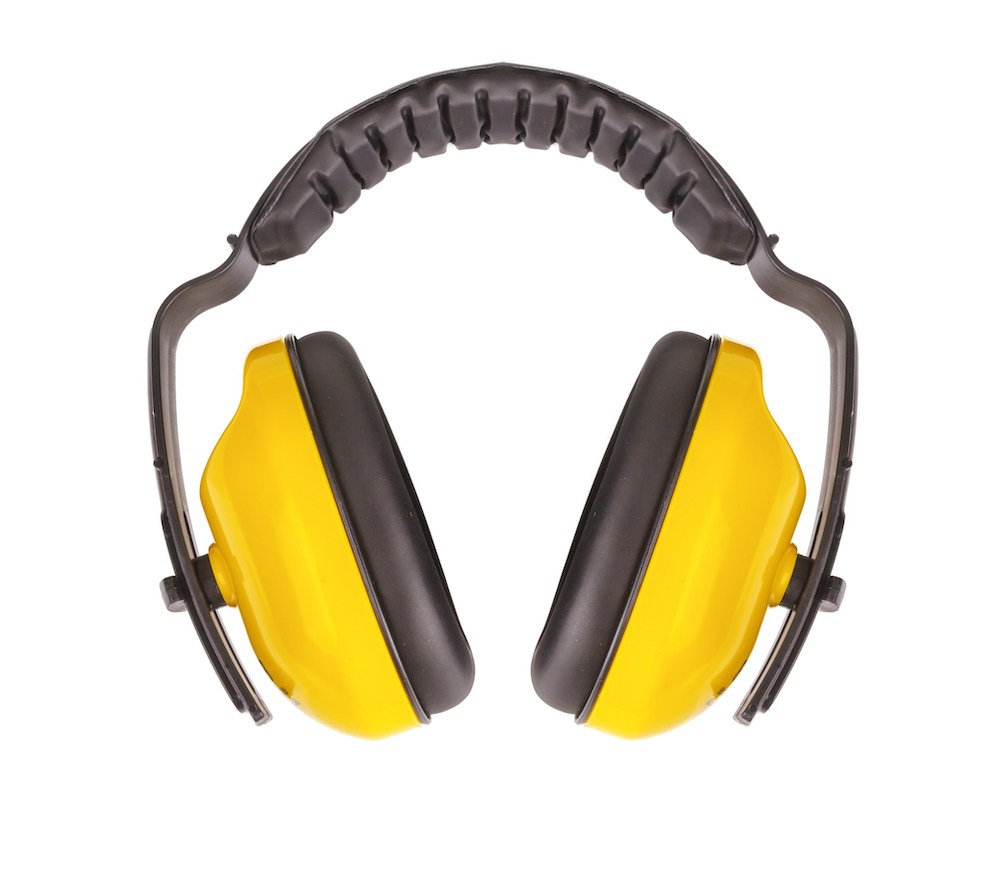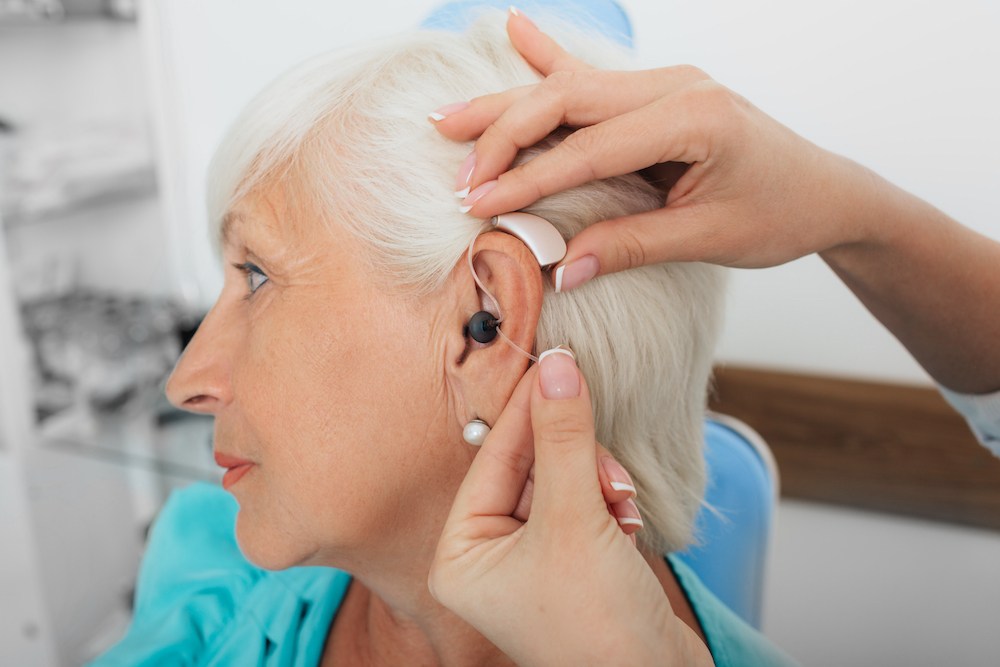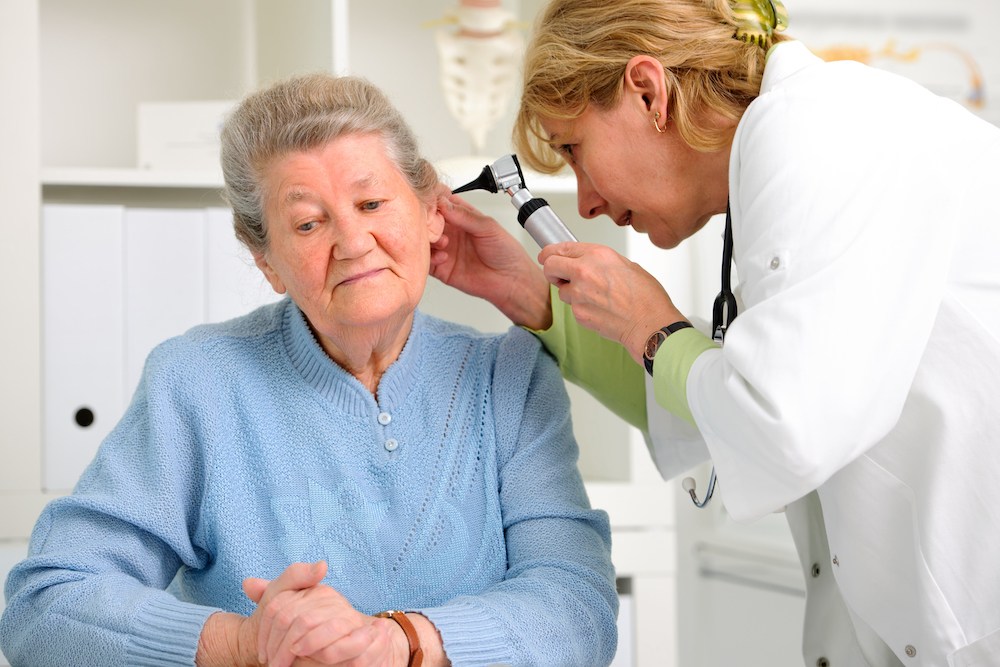What to Do When Your Hearing Aids Aren’t Working
Hearing aids are a great solution for hearing loss – and they are only

By: admin | August 20, 2023
For musicians, sound is not only a medium of art but also an occupational hazard. Prolonged exposure to high levels of sound during practice and performance can lead to hearing loss and other auditory issues. Audiologists have a unique role in addressing the hearing protection needs of musicians, ensuring that they can continue to perform without compromising their hearing health.
Musicians require a fine balance between protecting their ears and preserving the quality of sound they hear. Unlike industrial workers, musicians need to be able to hear their own performance and that of others with great clarity. This creates a challenge for audiologists to design hearing protection that minimizes harmful sounds without distorting the musical experience.
Audiologists conduct specialized assessments to understand the specific needs of musicians. This includes analyzing the types of instruments played, the settings in which they perform, and the duration of exposure to loud sounds. Based on this assessment, audiologists create customized hearing protection solutions, ranging from specially designed earplugs to innovative in-ear monitoring systems that control sound exposure.
A vital component of protecting musicians’ hearing health is education. Many musicians are unaware of the risks they face or the protective measures available to them. Audiologists provide education on the importance of hearing protection, signs of potential hearing damage, and methods to minimize risk. By fostering a greater awareness, audiologists empower musicians to take proactive steps to preserve their hearing.
Audiologists often work closely with music professionals, including conductors, sound engineers, and music educators, to integrate hearing protection into the musical landscape. This collaboration helps to ensure that protection measures are practical and effective within the context of performances, rehearsals, and recording sessions. The involvement of music professionals further supports the adoption of hearing protection practices within the musical community.
Advancements in technology offer new opportunities for hearing protection in the music industry. From custom-fitted earplugs with tunable filters to advanced digital monitoring systems, technology is allowing audiologists to create more personalized and adaptable solutions. Staying at the forefront of these innovations enables audiologists to provide musicians with state-of-the-art protection that aligns with their artistic needs.
Providing hearing protection for musicians involves navigating specific ethical considerations and challenges. The pressure to perform can sometimes lead to neglecting hearing health, and audiologists may face resistance from musicians or management. Upholding ethical principles and advocating for the well-being of musicians are essential aspects of the audiologist’s role in this unique context.
Protecting the hearing health of musicians is not merely a clinical exercise; it’s an essential part of sustaining musical careers. Through careful assessment, collaboration, education, innovation, and ethical practice, audiologists can ensure that musicians continue to create and perform without sacrificing their hearing. By recognizing and addressing the distinct needs of musicians, audiologists contribute to a culture of hearing health within the music industry, fostering a harmony between sound and safety.
Tags: hearing loss prevention tips, hearing protection services, types of hearing protection

Hearing aids are a great solution for hearing loss – and they are only
By: admin | April 29, 2024

Regular hearing tests are fundamental for preserving your auditory health
By: admin | April 28, 2024

Hearing aids are valuable to your hearing health. So, it is a good idea
By: admin | March 31, 2024
